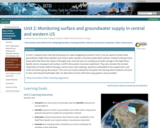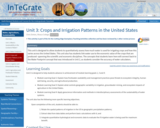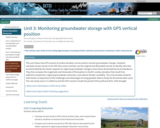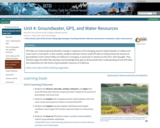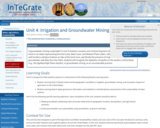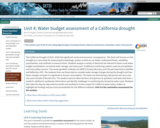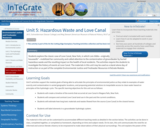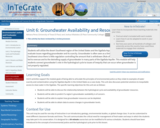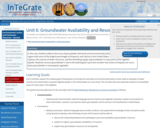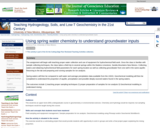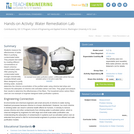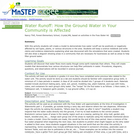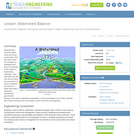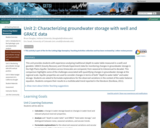
This unit provides students with experience analyzing traditional (depth to water table measured in a well) and geodetic: GRACE (Gravity Recovery and Climate Experiment) data for monitoring changes in groundwater storage in the High Plains Aquifer. Variations across timescales are compared, from seasonal to interannual to decadal. This comparison highlights some of the challenges associated with quantifying changes in groundwater storage at the regional scale. Aquifer properties are used to consider changes in terms of both "depth to water table" and water storage. Students are asked to formulate explanations for the observed variations in the context of the water balance equation. Students compare their results to a multidecadal trend reported in the literature (Konikow, 2011).
Show more about Online Teaching suggestions
Hide
Online-ready: The exercise is electronic and could be done individually or in small online groups. Lecture is best done synchronously due to the technical nature. Discussion would be better that way too.
(Note: this resource was added to OER Commons as part of a batch upload of over 2,200 records. If you notice an issue with the quality of the metadata, please let us know by using the 'report' button and we will flag it for consideration.)
- Subject:
- Biology
- Career and Technical Education
- Environmental Studies
- Geology
- Hydrology
- Life Science
- Mathematics
- Measurement and Data
- Physical Science
- Statistics and Probability
- Material Type:
- Activity/Lab
- Module
- Provider:
- Science Education Resource Center (SERC) at Carleton College
- Provider Set:
- Teach the Earth
- Author:
- Bruce Douglas
- Eric Small
- Date Added:
- 09/26/2022
